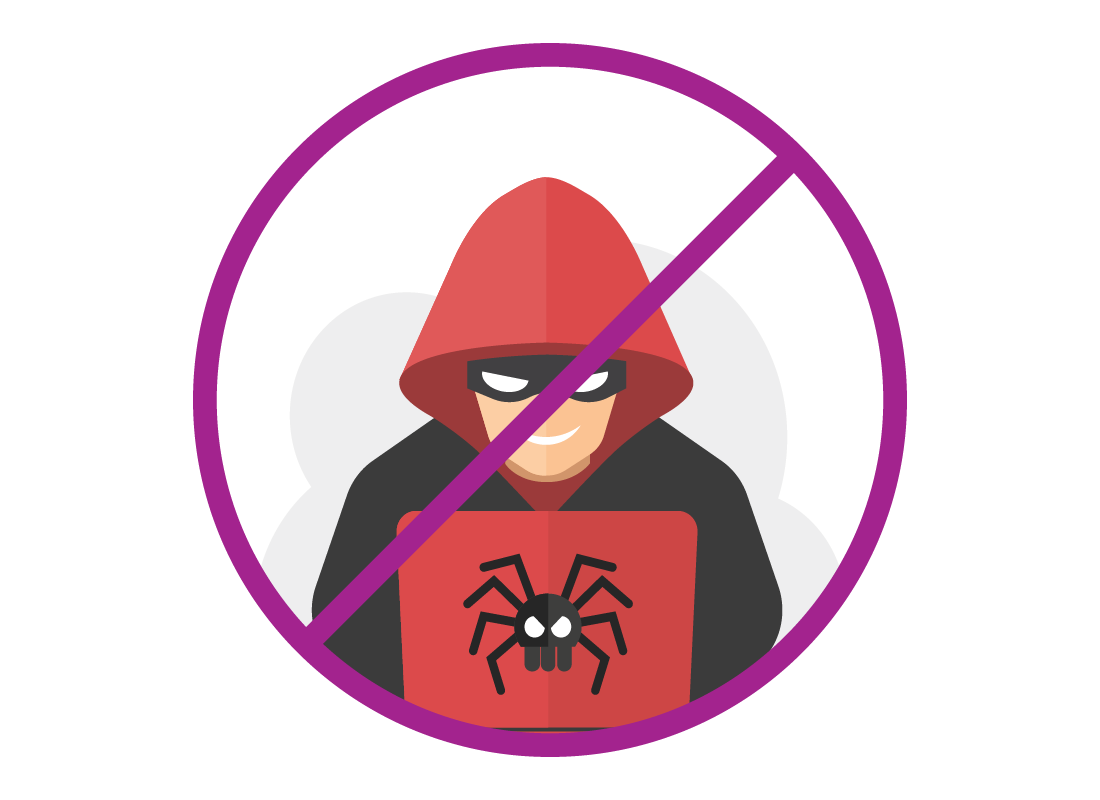How common email scams work
How common email scams work

What's coming up?
This activity will show you how the most common email scams work.
The good news is that email scams aren't activated just by reading a scam email, and we show you some steps you can take to protect yourself from scams.
Start activityWhat is an email scam?
Because scammers can send emails for free, they will send lots of nuisance emails which try to convince you to buy something, usually of no value or poor quality. They can also try to trick you into installing unwanted software on your computer or revealing your personal information.
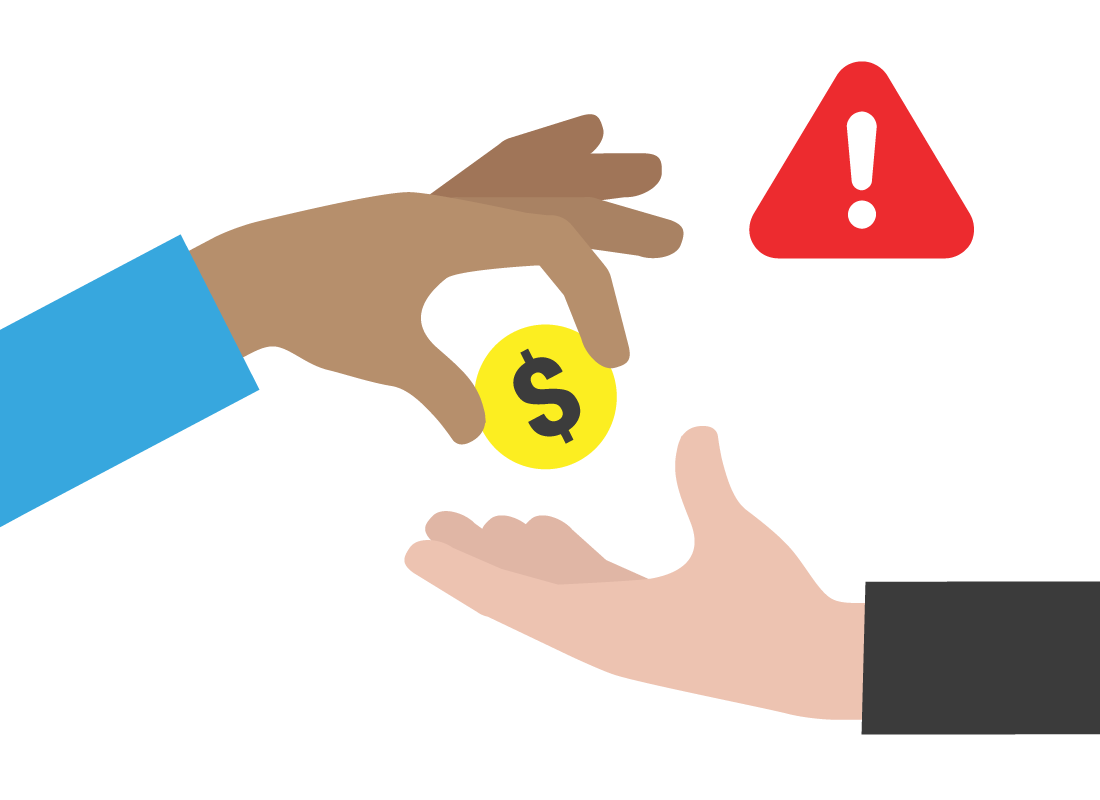

Scammers can disguise their emails
Some email scams use a technique called spoofing, which means making an email look like it has come from a different person. You might receive an email that looks like it has come from a friend or family member, but when you open it, it will seem suspicious or out of character for the sender. This means the email is likely to be a scam.

eSafety tip
If you receive an email from someone you normally trust, but they are suddenly asking for money or telling you to click a link to see something amazing, it's possible the email is a scam. You should call that person to make sure the email really is from them.
The same applies to emails that are seemingly from your bank or other trusted organisation. Banks, government services and other reputable companies will never ask you to reveal your personal information or passwords. If you are worried about such an email, don't respond to it, but call the organisation using a phone number you find independently - not from any information contained in the email.
Why are links dangerous in scam emails?
Scam emails often contain links promising great deals or anything that tries to engage your curiosity. They want you to click on them and often imply a sense urgency for you to act quickly.
If you click the link, it may automatically install software on your computer that could be a virus, or malware known as spyware, which will try to steal passwords and other personal information.

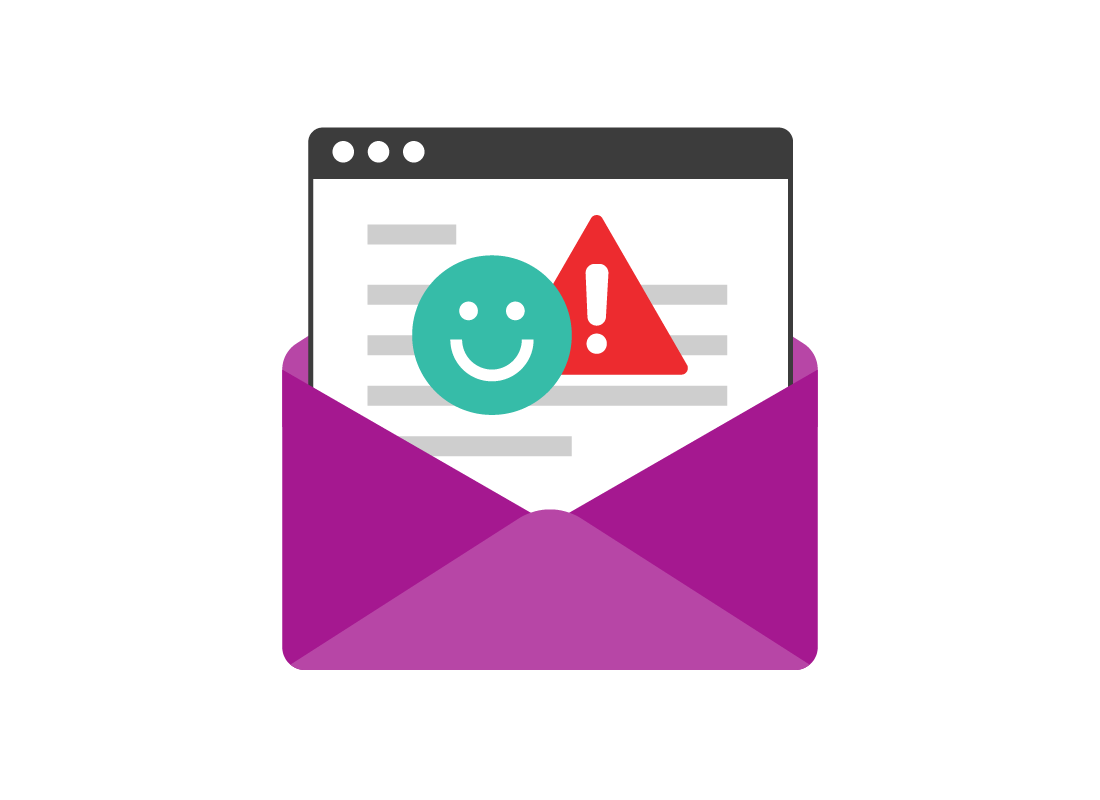
Scammers use email to build trust
Sometimes a scam email can be a simple communication from a scammer, trying to make friends or get to know you. This type of confidence scammer will email back and forth with you trying to build up trust. When the scammer feels that you trust them, they will usually ask for money.

eSafety tip
Confidence scammers who are trying to build trust will often try to move the conversation off email into a messaging app such as WhatsApp or Telegram. These apps make it harder for authorities to track known scammers and it's easier for a scammer to cover their tracks if they get found out.
You should never accept an invite to chat in a different app.
Fake online shopping scams
Some scam emails will look like a catalogue or newsletter that shows you great deals. If you go to the online store advertised in the email, you will be able to choose items and check out a shopping cart. But you may never receive any items, or you might get poor quality substitutes or fakes, while the scam website keeps your money.
Some payment methods offer buyer protections when online purchases go wrong, and you can learn about them in our How to pay online course.
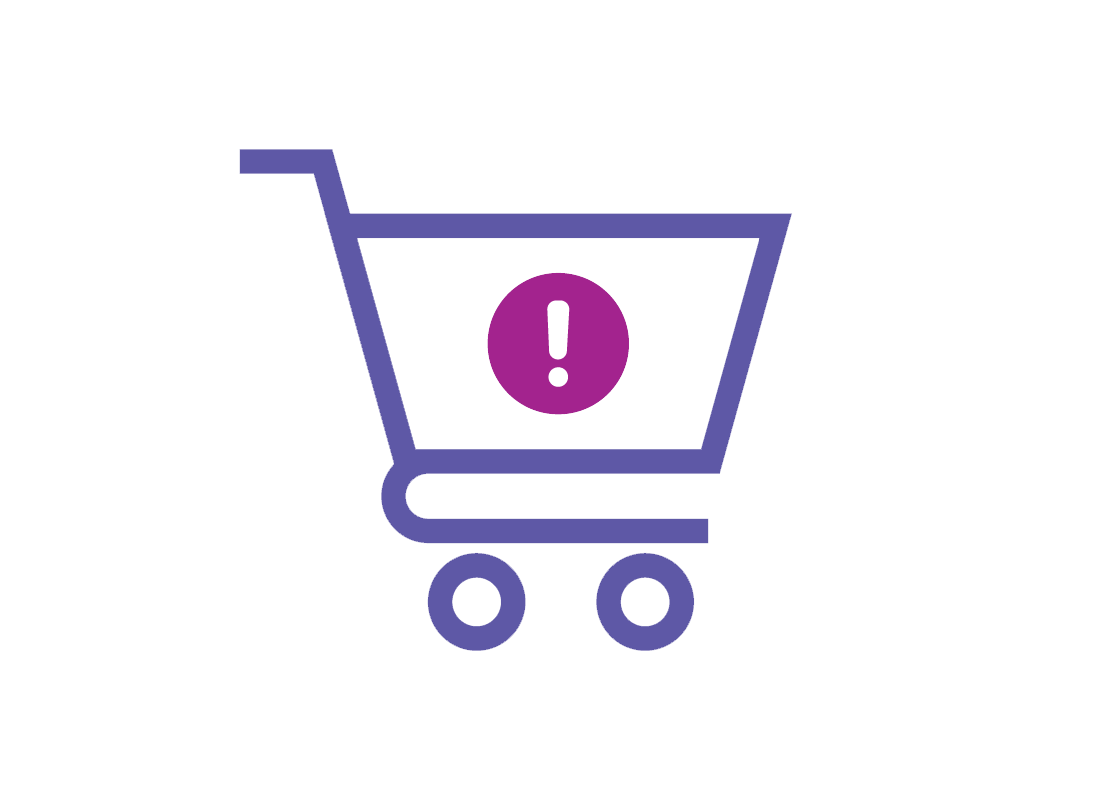
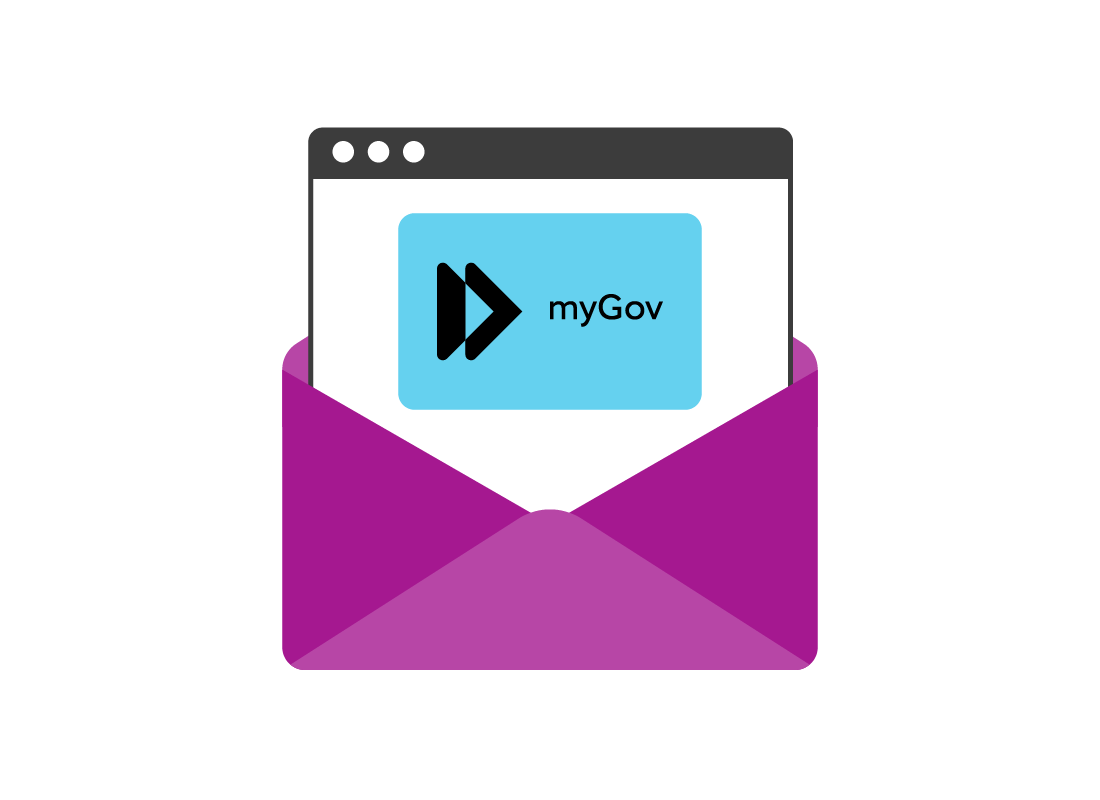
Fake government or bank email scams
Scammers can make fake emails that look almost identical to emails from your bank or government services. These scam emails will ask you to confirm your password or click a link to receive a payment or stop a payment you haven't made.
You should never click a link in such an email, but instead type the web address of the bank or government service into your browser yourself. If the email is legitimate, it will have instructions about what to do on the website and will never ask for your password or any personal details.
What if you respond to a fake email?
If you do click a link in a scam email that looks like it is from a bank or government service, there is a risk of being tricked into paying money to a scammer, or having your identity or passwords stolen.
If you are worried about an email or that you might have clicked on a scam email link, it's best to call your bank or service and discuss it with them as soon as possible. They won't mind you calling, and they can offer you timely advice on how to limit any potential damage.


eSafety tip
Many banks and government services also communicate via text message to your mobile phone. Scammers can also send fake text messages, so you should never tap a link that appears in such a text message.
It's a good idea to keep the phone numbers of your bank and important government or other services handy somewhere in case you are worried that you've clicked on something you shouldn't have. You should not use any contact information sent to you in a suspicious email or text message in case that is also fake.
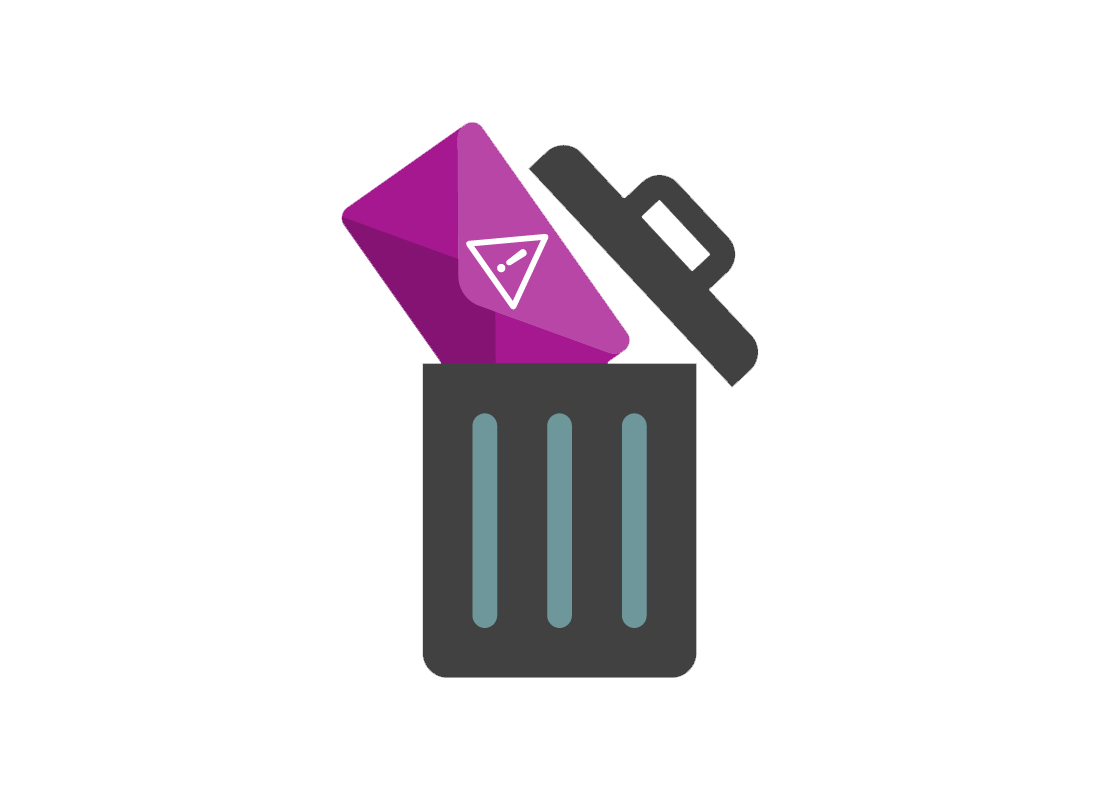
Always delete suspicious email
If you think an email is suspicious or a possible scam, you should delete it immediately.
If the email really was legitimate, the sender will probably try again.
As before, scammers write messages to make you feel anxious that you might get into trouble or miss out on something if you don't respond quickly. They are hoping you'll act before thinking. If you are worried about any message you receive, just call the bank or service that appeared to send the message, and they can confirm if the email is real or not.
Well done!
This is the end of the How common email scams work activity. You've learned how to spot an email scam and what to do when you encounter one.
Up next in the Tips for avoiding email scams activity, you'll learn how to defend against scams and some more tips for dealing with scams when they pop up.
